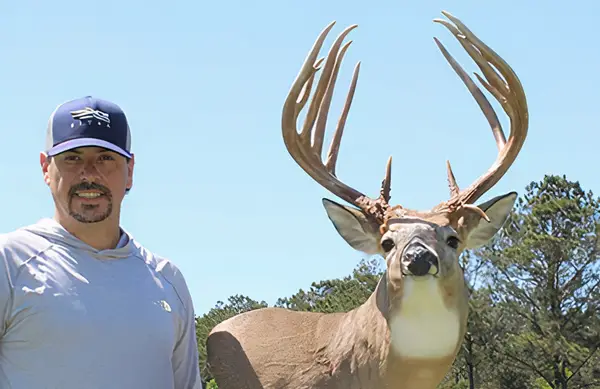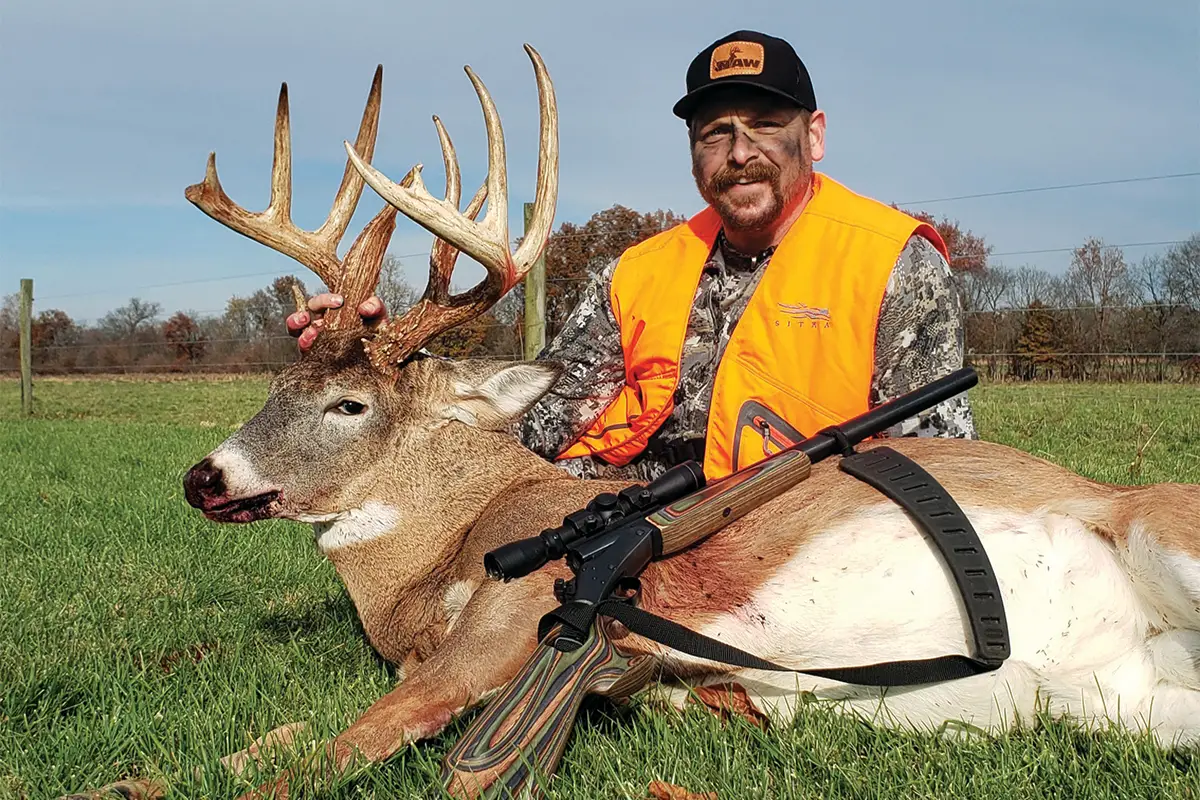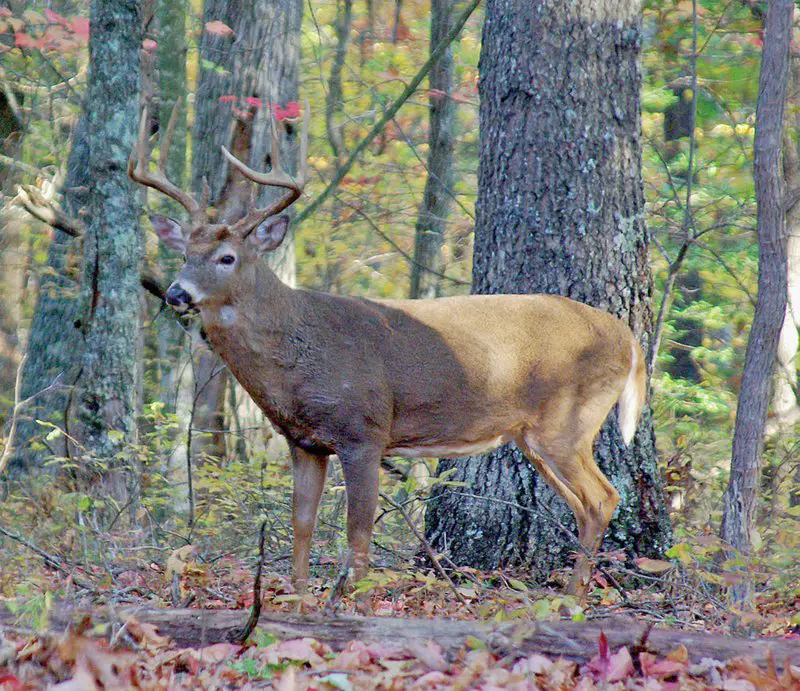Will a Buck Return? The Truth After Taking a Shot.
A buck may or may not return after being shot at, depending on a variety of factors such as the severity of the injury and level of fear induced by the encounter. While some may return cautiously, others may avoid the area altogether. Human hunting practices have been greatly debated in recent years, with many…








